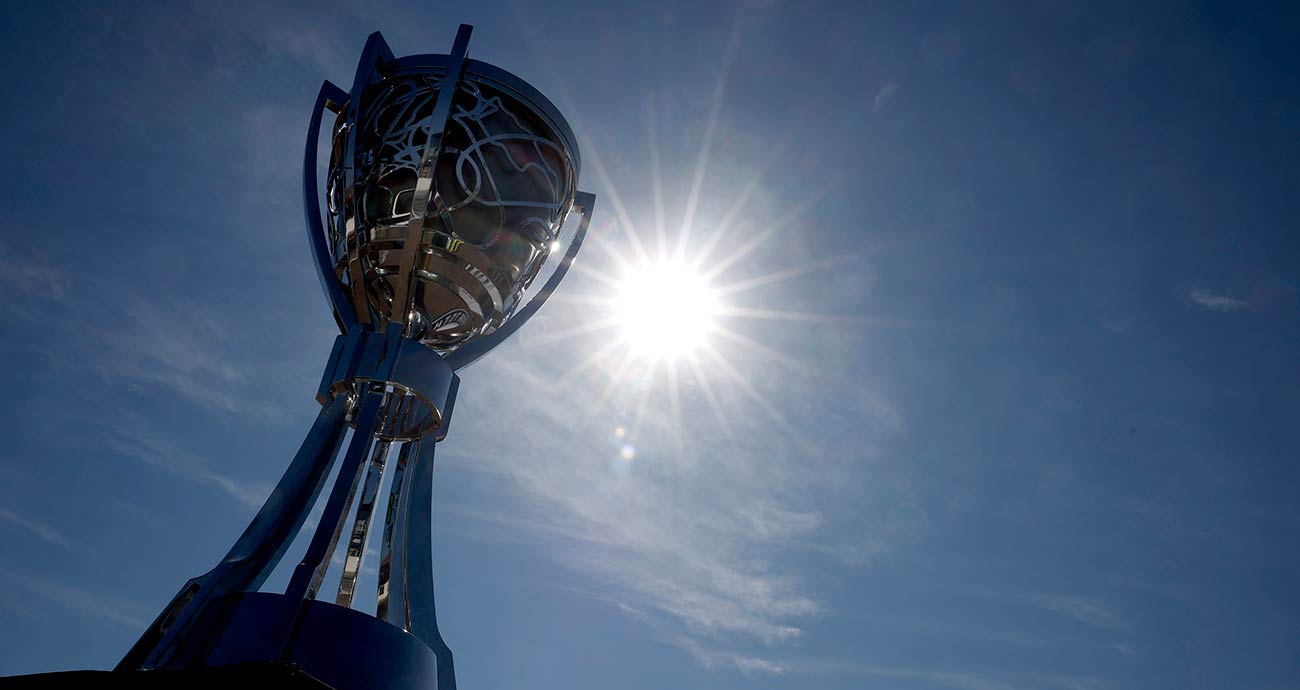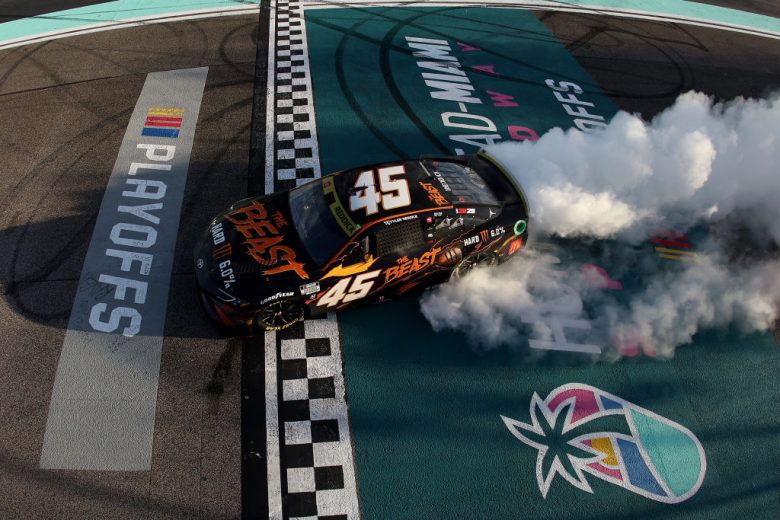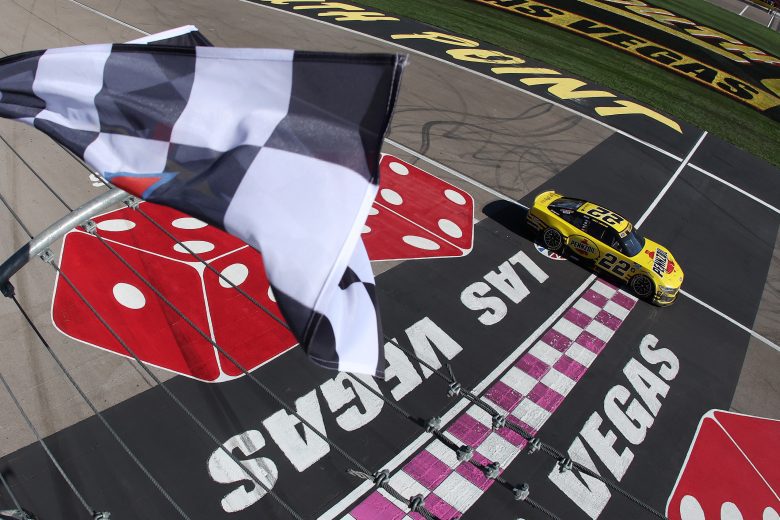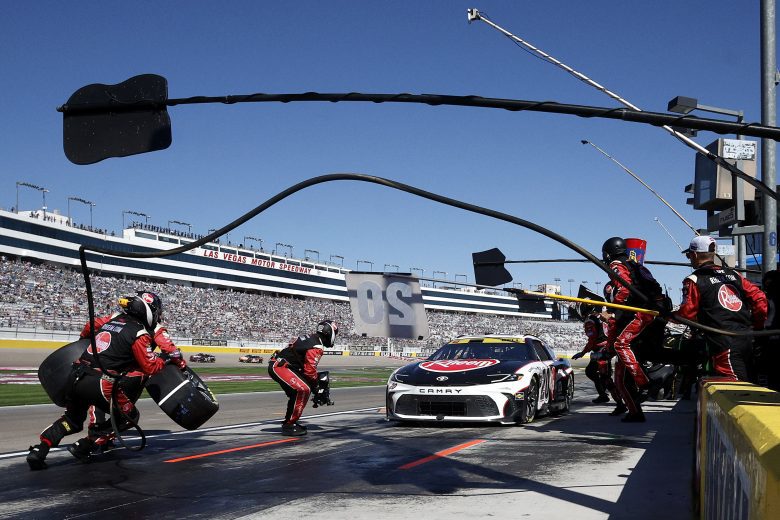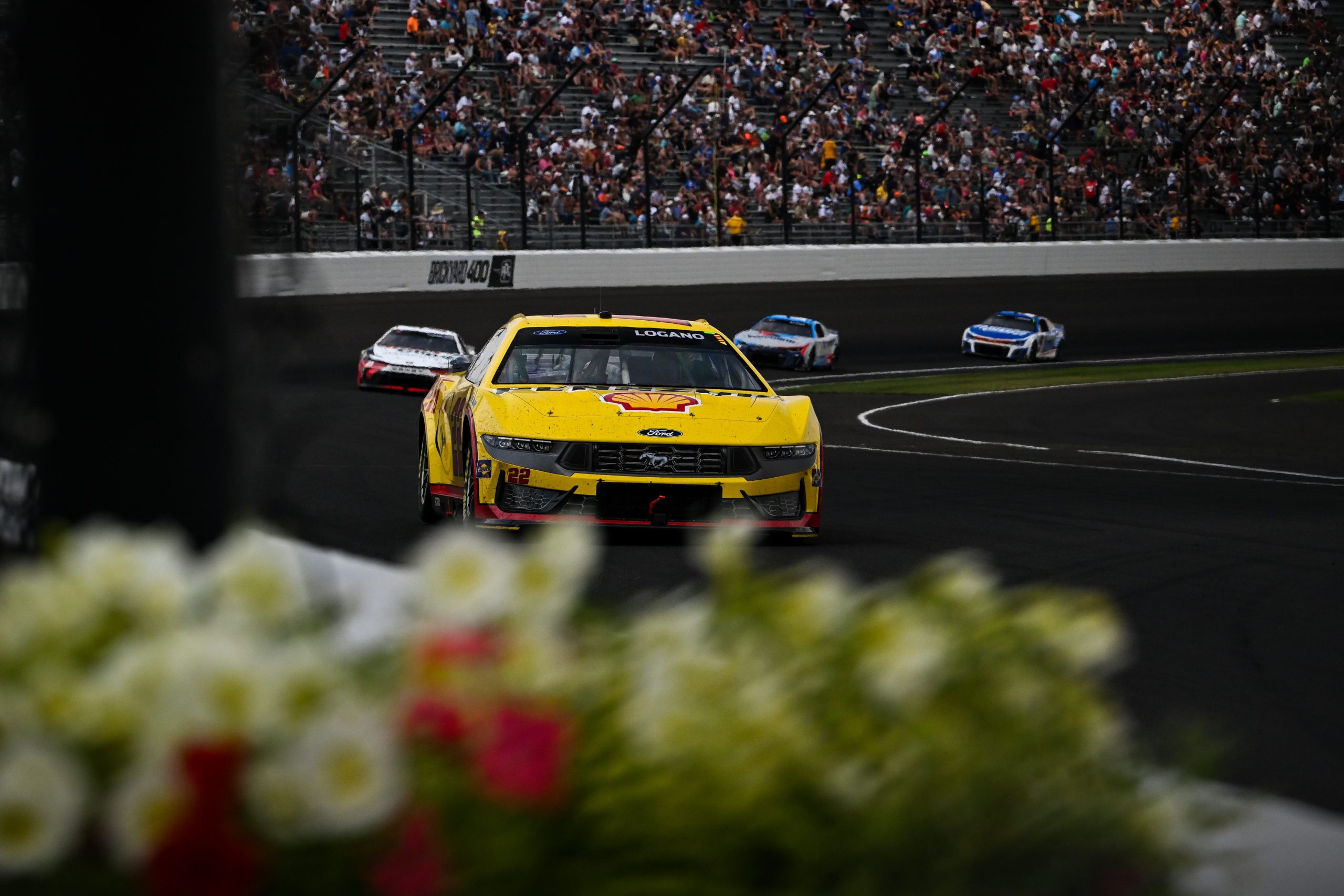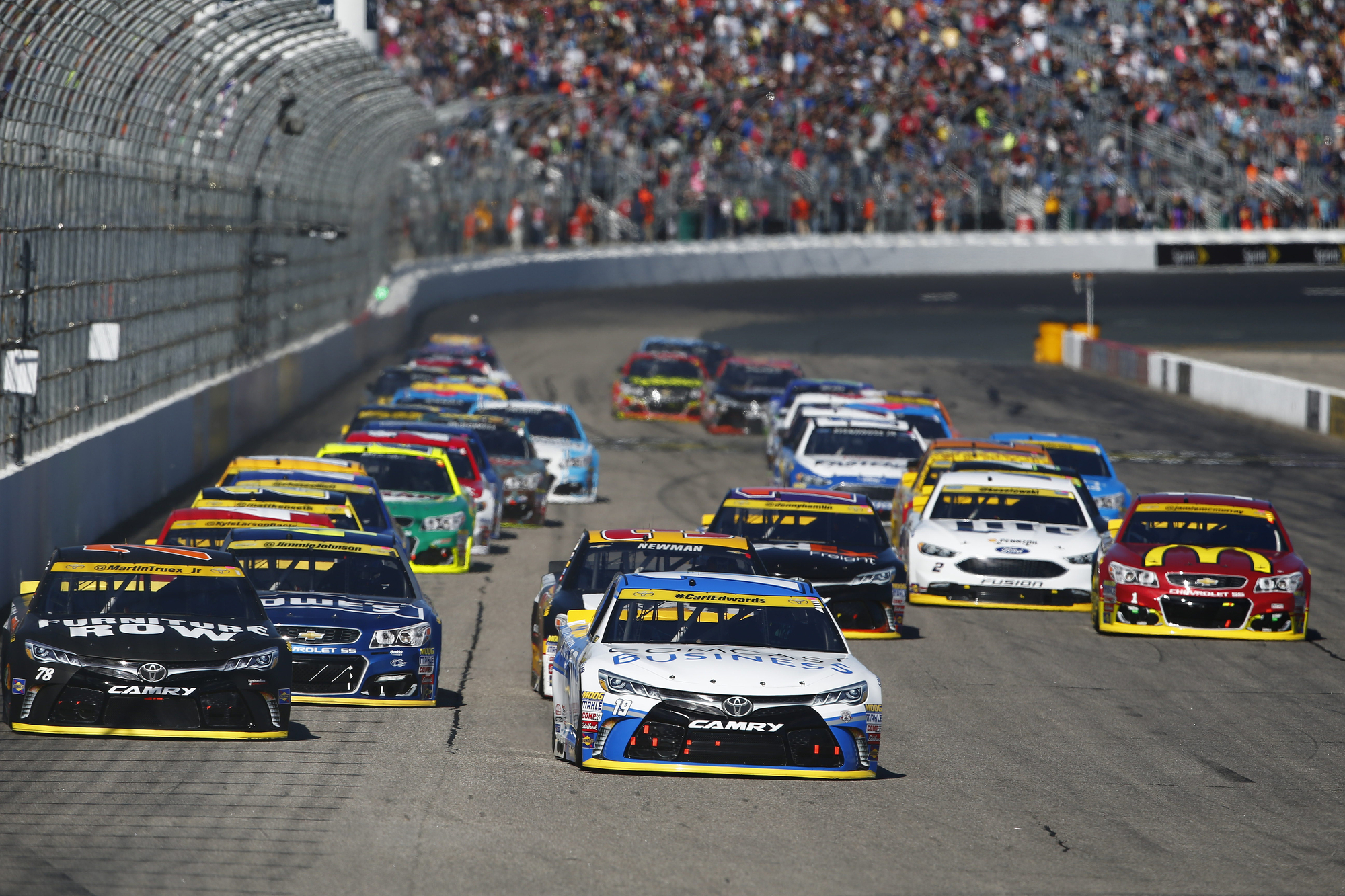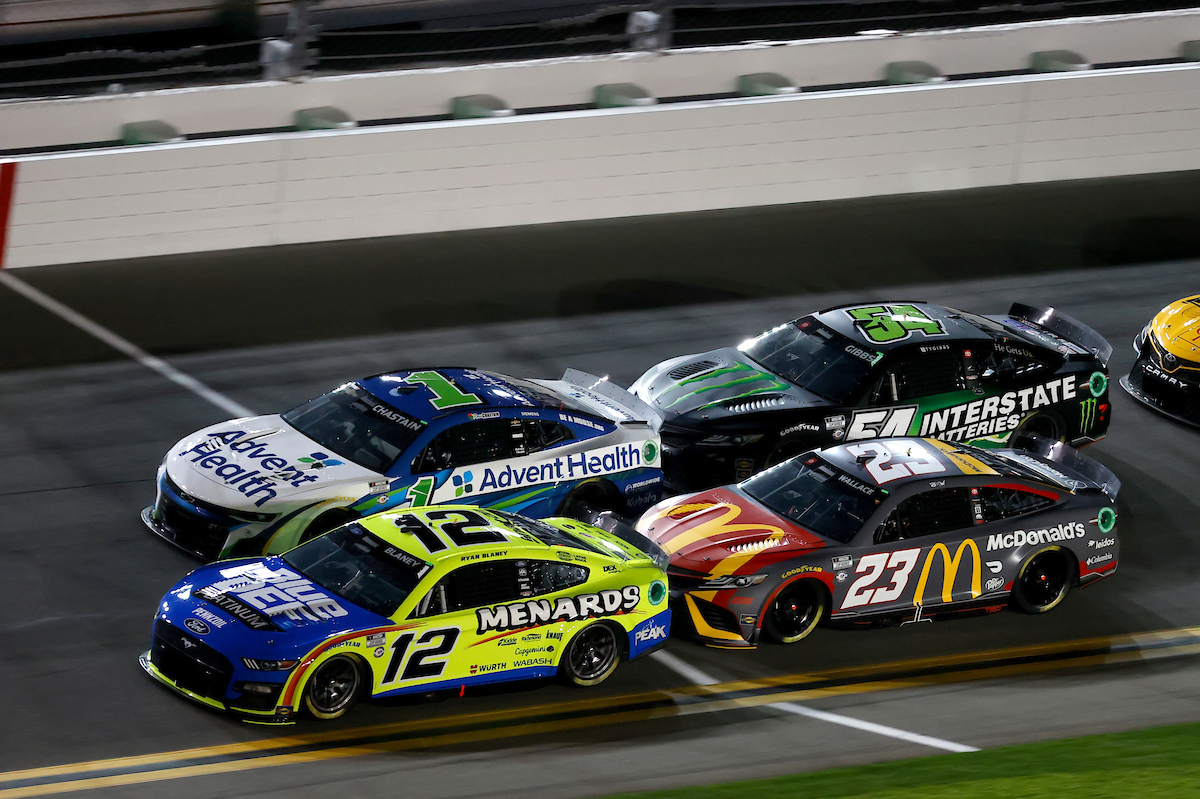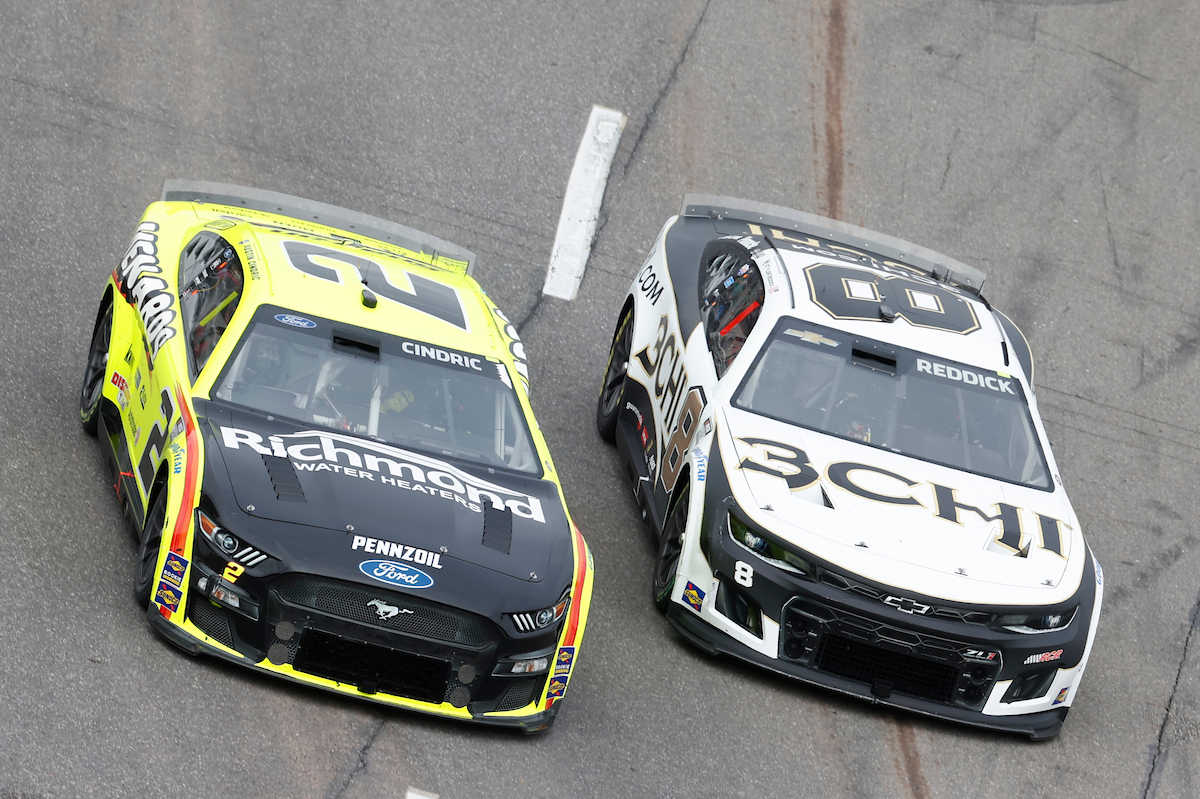How long does it take to refuel a NASCAR?
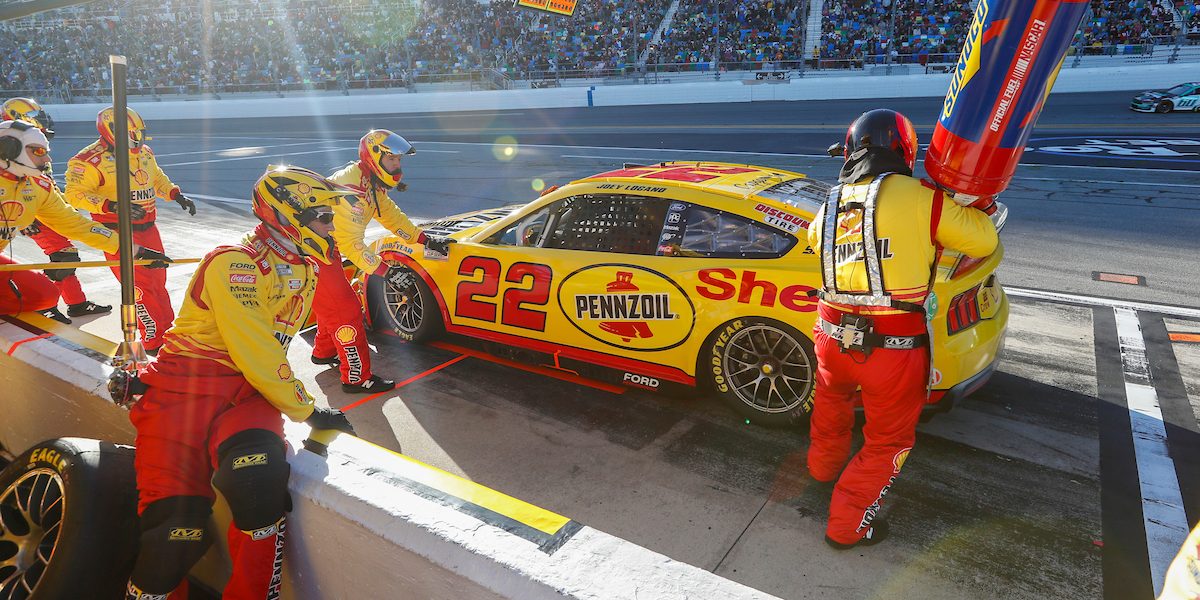
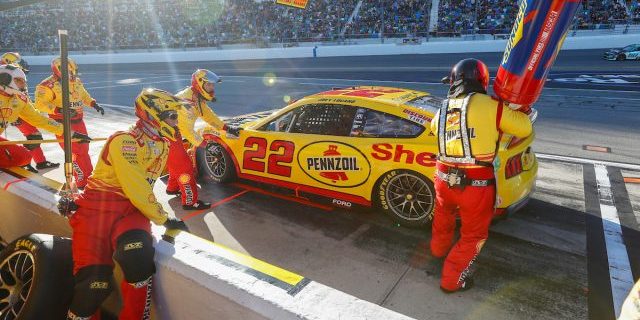
In the fast-paced world of NASCAR racing, teams are constantly seeking ways to save time. Refueling is one of the most critical elements during a pit stop, as the amount of time a car spends stationary can drastically affect race outcomes. A NASCAR pit crew is well-trained to execute a fuel stop with speed and precision, typically completing the process in approximately 8 seconds. This rapid service is enabled by high-speed fuel delivery systems and the coordinated efforts of the pit team.
The efficiency of NASCAR’s refueling process is a product of both necessity and design. Race strategies hinge on the effective use of time during pit stops, including refueling. The specialized equipment used in NASCAR allows for rapid refueling without the need to switch off the car’s engine. During a typical pit stop, the refueling process involves the use of a dump can that can hold up to 12 gallons of fuel, and two such cans are usually enough to fill the car’s tank.
Table of Contents
Fundamentals of NASCAR Refueling
Refueling a NASCAR vehicle during competitive events is a procedure that requires both precision and speed. Pit stops in NASCAR races are critical moments where fueling efficiency is vital. The specially designed gas cans used, known as dump cans, are capable of holding up to 12 gallons of race fuel.
Fuel Type and Capacity
The fuel typically used in NASCAR is the Sunoco Green E15, a blend containing 15% ethanol which contributes to the higher octane rating required for high-performance racing engines. Each racing series vehicle has a fuel tank capacity that is strictly regulated, generally around 18 to 22 gallons.
Pit Stop Dynamics
During pit stops, crew members must rapidly fuel the car to minimize time lost. The refueling process involves inserting a fuel can into the car’s receptacle, and it usually takes about 8 seconds to empty a full can. A complete refill could require two dumps, thereby totaling an approximate 16 seconds for the refueling portion of the pit stop.
Efficiency and Safety Protocols
The pit crews are highly trained to perform this task quickly yet safely, ensuring there are no spills that could lead to fires. Although most people turn off their vehicles to refuel for safety reasons, NASCAR teams keep engines running to save precious seconds that could influence the race’s outcome.
Understanding NASCAR refueling is essential in appreciating the skill and coordination that goes into each and every race within the motorsport. The combination of technical regulations set by NASCAR and the skillful execution by pit crews ensures that vehicles are consistently and safely refueled throughout the racing season.
Pit Crew Dynamics
A NASCAR pit crew’s impressive coordination and skill can make or break a race during the crucial pit stops required for refueling and tire changes.
Roles and Responsibilities
The pit crew is a team of highly trained professionals, each with a specific role that contributes to the execution of a fast and successful pit stop. Key members include:
- Jackman: He is responsible for lifting the car with a hydraulic jack.
- Tire Carriers and Changers: They remove and replace the tires, handling lug nuts and tools with precision.
- Gas Man: He refuels the car, ensuring a swift and secure transfer of fuel.
Efficiency and Speed
The goal of the pit crew is to perform their tasks in the shortest time possible. Factors that contribute to pit stop efficiency include:
- Tools: High-quality, air-powered wrenches are used to swiftly remove and fasten lug nuts.
- Practice: Crews rehearse pit stops, aiming for a time between 12 to 14 seconds.
- Coordination: The team operates in a strategic sequence to minimize any overlap in movement.
Safety and Training
Safety is essential in the fast-paced environment of a pit stop. The pit crew’s training emphasizes:
- Procedures: Members wear protective gear and follow strict protocols to ensure their safety.
- Preparation: Crews rehearse emergency scenarios, to prepare for any unforeseen incidents.
Through rigorous training and a focus on each crew member’s role, NASCAR pit crews achieve a level of performance that is well-executed and secure.
Pit Stop Execution
In the high-octane world of NASCAR, pit stops are a highly synchronized and precise operation, essential for refueling and maintaining race performance.
The Pit Stop Process
The pit stop begins as the car enters pit road, moving toward its team’s designated area. The timing here is critical; speeding on pit road can result in penalties. Once the car halts in the pit box, the team springs into action. The fueler connects a fuel hose to the car’s receptacle and begins the refueling process, using a specially designed gas can, often referred to as a dump can. Simultaneously, other crew members use jacks to lift the car and quickly replace the tires. The coordination between the jack man and the rest of the crew is key to the speed of this operation.
Equipment Used
The team’s equipment is purpose-built for speed and efficiency:
- Jacks: Lightweight, yet powerful, they lift the car for tire changes.
- Fuel Hose: Transfers fuel swiftly from the dump can to the car’s fuel tank.
- Gas Can (Dump Can): Holds the fuel and is designed to empty quickly under its own weight and gravity.
- Tires: Prepped and ready for a quick exchange to maximize traction and performance on the track.
Timing and Coordination
Fast pit stops are the result of practiced timing and coordination between team members. A smooth operation hinges on:
- Refueling: Usually takes around 2 to 3 seconds with the new single-point connection for the gas can.
- Tire Replacement: Optimally executed in parallel with refueling, tire changes take under 13 seconds.
- Overall Execution: A team aspires to complete the entire pit stop, including all services, within a 12 to 16 second timeframe.
Each pit stop is a calculated, rehearsed dance with every second on pit road potentially affecting the race outcome, making it essential for the pit crew to execute their tasks with precision.
Regulations and Penalties
NASCAR’s fueling regulations are precise and any infractions carry stiff penalties to maintain the integrity of the race.
NASCAR Fueling Rules
During a NASCAR race, pit crews are responsible for refueling the cars. They use a specially designed 12-gallon fueling can, commonly referred to as a dump can, which allows for a quick transfer of fuel to the car’s tank. The rules permit refueling only in the designated pit area, and it must happen within a limited time frame to maintain competitive fairness and safety. Teams are required to fuel cars in their designated pit box, and any spillage or unsafe practices can result in a penalty.
Infractions and Consequences
Penalties for violations of fueling rules are enforced according to the NASCAR rule book. If a team is found to have breached the fueling regulations, various consequences may apply:
- Pass-through penalty: This involves the car coming down pit lane at the speed limit during green flag conditions without stopping in the pit stall.
- Pit stall penalty: The car must return to its pit stall for a specified time period, often resulting in a loss of laps.
- Disqualification from race results: In severe cases, a team can be stripped of their position and any points earned in the race.
The NASCAR scoring system is used to enforce and record infractions, which ensures that all teams are held to the same standards and rules are applied consistently.
Strategic Considerations
In the high-stakes environment of NASCAR racing, every second at a pit stop can be the difference between first and second place. Pit crews must execute refueling with precision, and race teams strategize fuel consumption down to the last drop.
Fuel Management Strategies
Refueling during a NASCAR race requires mastery of fuel management strategies. Teams must anticipate the number of pit stops needed based on the race distance, anticipated fuel consumption, and the car’s gas tank capacity. Considering factors such as miles per gallon and track conditions, teams decide whether to take a full 12-gallon load or a partial refuel to save time during pit stops. This calculated approach directly influences the points standings and eventual race results.
- Advance Planning: Teams calculate the required amount of fuel before the race, considering laps and potential cautions.
- Partial Refuels: To save time, a car might not be fully refueled, especially if it’s close to the end of the race.
- Fuel Conservation: Drivers may be asked to conserve fuel on track, affecting their racing style.
Impact on Racing Outcomes
Strategic refueling at pit stops has a significant effect on racing outcomes in NASCAR. A swift refuel can propel a driver ahead, while delays can lead to lost positions on the track. The ability to refuel quickly and accurately is essential, as NASCAR race winners are often determined by milliseconds. Every race decision, from the pit to the track, is made with the aim of accruing maximum points to improve the team’s standings in the overall competition.
- Winning Margin: Races can be won or lost in the pits, with refueling being a deciding factor.
- Team Execution: The coordination of the pit crew during the refueling process must be precise to maintain a competitive edge.
- Strategy Adaptation: As race conditions change, teams must adapt strategies, which may include altering refueling plans to accommodate shifts in the racing dynamic.

